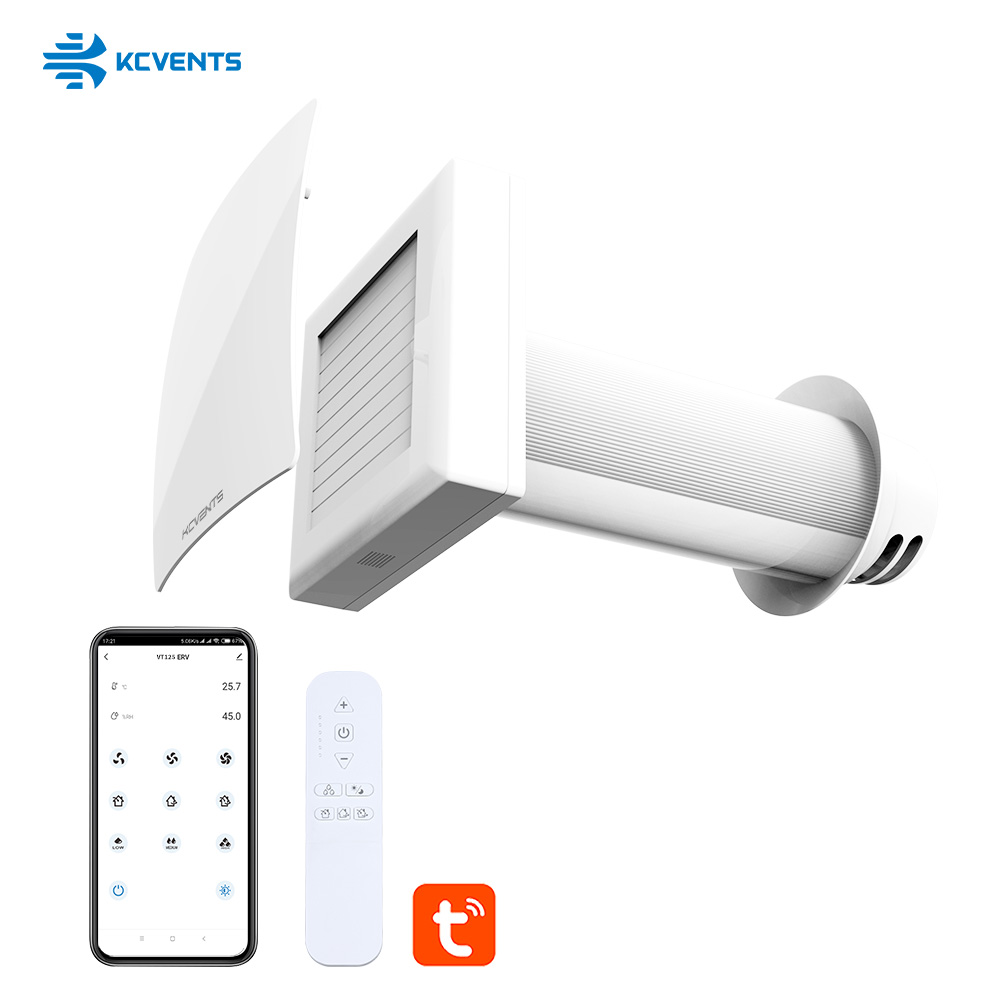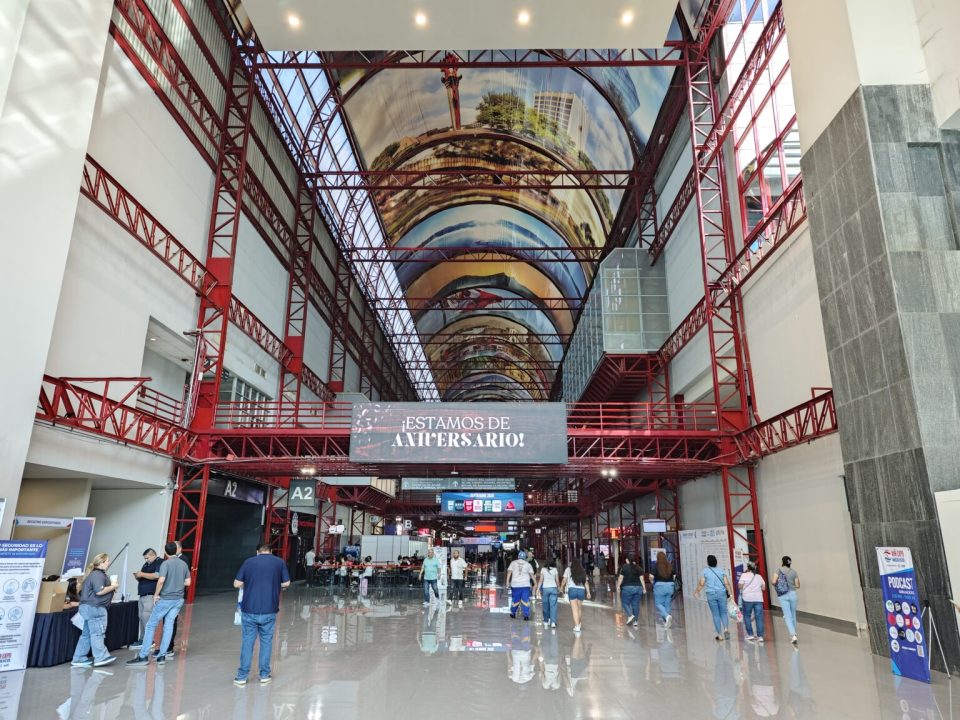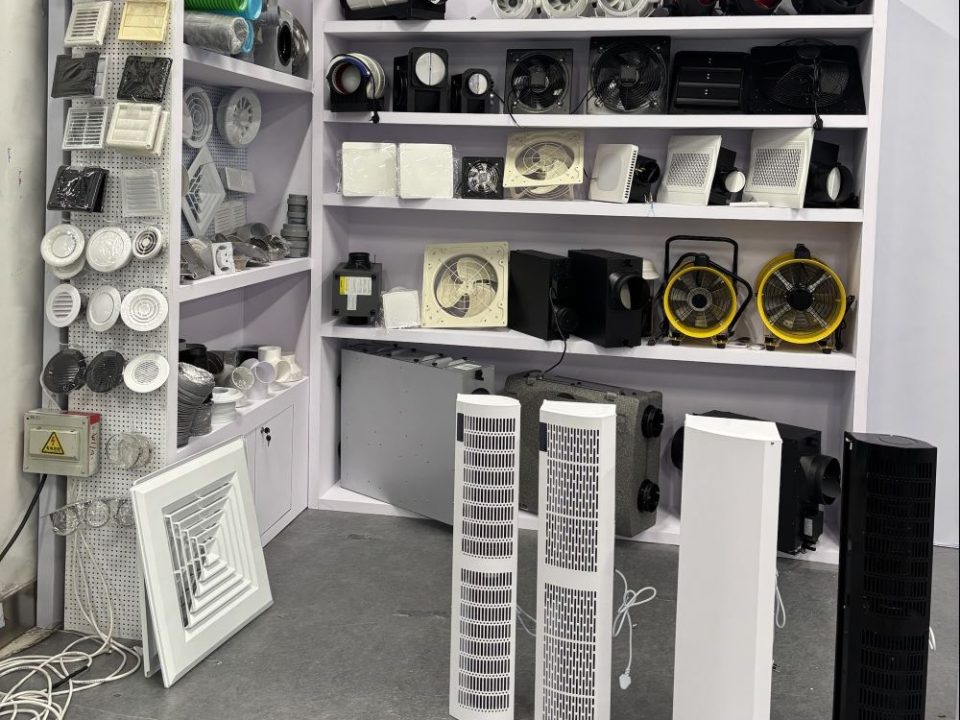Ventilation is a crucial aspect of indoor environmental quality, ensuring fresh air circulation and maintaining a healthy living or working environment. However, traditional ventilation systems often come at a cost to the environment due to energy consumption and associated carbon emissions. In recent years, there has been a growing emphasis on eco-friendly ventilation solutions that not only prioritize indoor air quality but also minimize their environmental impact. In this article, we will explore various strategies and technologies that make ventilation more sustainable and environmentally friendly.

Natural Ventilation:
One of the most straightforward ways to achieve eco-friendly ventilation is by harnessing the power of nature itself. Natural ventilation relies on passive methods like cross-ventilation, stack ventilation, and wind-driven ventilation to bring fresh air into a building without the need for mechanical systems. By strategically designing buildings with features like operable windows, vents, and building orientation, natural ventilation can significantly reduce the reliance on energy-consuming HVAC systems.

Energy-Efficient Mechanical Ventilation:
For situations where natural ventilation alone may not be sufficient, incorporating energy-efficient mechanical ventilation systems becomes crucial. High-performance fans and ventilation systems equipped with energy recovery technologies, such as heat exchangers, can help minimize energy consumption. These systems capture and reuse the thermal energy from the outgoing air to pre-condition the incoming air, reducing the overall energy demand of the ventilation process. KCVENTS offers Various ventilation solutions with Heat recovery. With both centralized and decentralized HRV/ERV. Our Model VT501 and VT125 is the most popular for single room ventilation. While our KCQR series is significant for whole house/building ventilation.

Smart Ventilation Controls:
Integrating smart technologies into ventilation systems enhances their efficiency and reduces unnecessary energy usage. Smart ventilation controls can be programmed to adjust airflow based on occupancy levels, indoor air quality, and external environmental conditions.This not only optimizes energy consumption but also ensures that ventilation is provided precisely when and where it is needed, rather than operating at a constant rate.
Most of KCVENTS ventilation products can be controlled by remote or WiFi. Via Phone app, people can control and see how the air quality is. Making ventilation a part of the smart home.
Solar-Powered Ventilation:
Solar energy, as a clean and renewable resource, can be harnessed to power ventilation systems. Solar-powered fans and ventilation units use photovoltaic panels to convert sunlight into electricity, making them a sustainable alternative to traditional electrically powered systems. These solutions are particularly effective in regions with ample sunlight and can contribute to significant energy savings over time.

Green Roofs and Walls:
Green roofs and walls serve a dual purpose by enhancing the building’s aesthetic appeal and providing natural insulation. These features also contribute to eco-friendly ventilation by absorbing and releasing moisture, regulating temperature, and promoting air circulation. The vegetation acts as a natural filter, improving air quality while reducing the load on mechanical ventilation systems.
Conclusion:
Eco-friendly ventilation is a vital component of sustainable building design and green living. By integrating natural ventilation, energy-efficient mechanical systems, smart controls, solar power, and green infrastructure, we can create spaces that prioritize both human health and environmental well-being. As the world continues to focus on sustainability, adopting eco-friendly ventilation solutions becomes essential in reducing carbon footprints and fostering a healthier, more harmonious relationship between indoor and outdoor environments.


